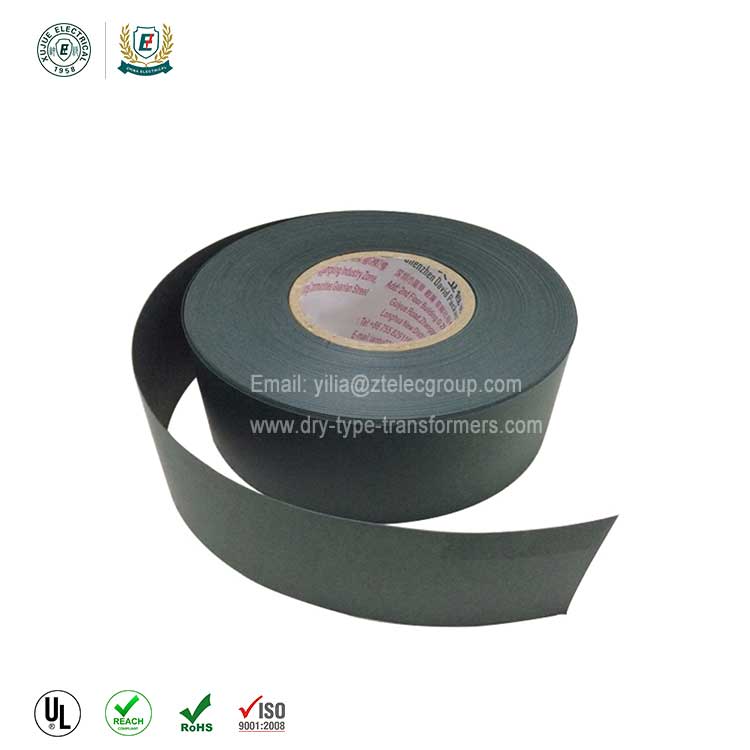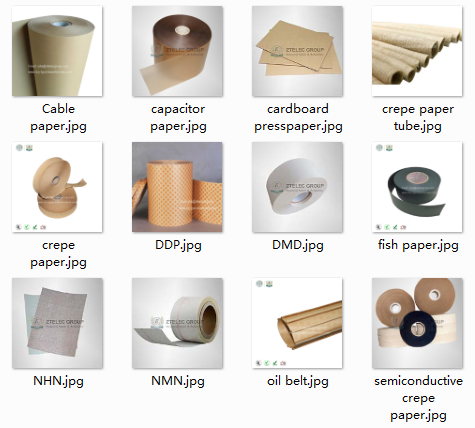What Is the Difference Between Fishpaper and Other Insulating Paper?
Fish paper – or Fishpaper – is a type of fibrous dielectric paper known for its unique combination of strength, ease of forming and punching. Fishpaper is also unique because it is more resistant to heat and cold comparable plastic materials. Electrical-grade Fishpaper is a vulcanized fiber material that is frequently used for electrical insulation and is commonly die cut to create unique parts for specific applications. Vulcanization is a chemical process that transforms rubber or other polymers into more durable materials via the addition of accelerators or curatives.

Fishpaper contains various properties that make it well-suited for use in the manufacturing of electrical insulation materials. It offers high mechanical strength and greater resistance to extreme temperatures than most types of plastic materials. Fishpaper is also extremely light – it’s approximately half the weight of aluminum, which makes it an excellent choice for applications where reducing weight is essential for ensuring peak product performance and maximizing fuel efficiency.

In addition to being used to manufacture electrical insulation, examples of other applications of electrical grade fishpaper include:
Electrical instruments
Appliances
Various automotive parts and components
Electronic devices
Fuse tubes
Circuit breakers
Gaskets
Motor contact bushings
Railroad track insulation